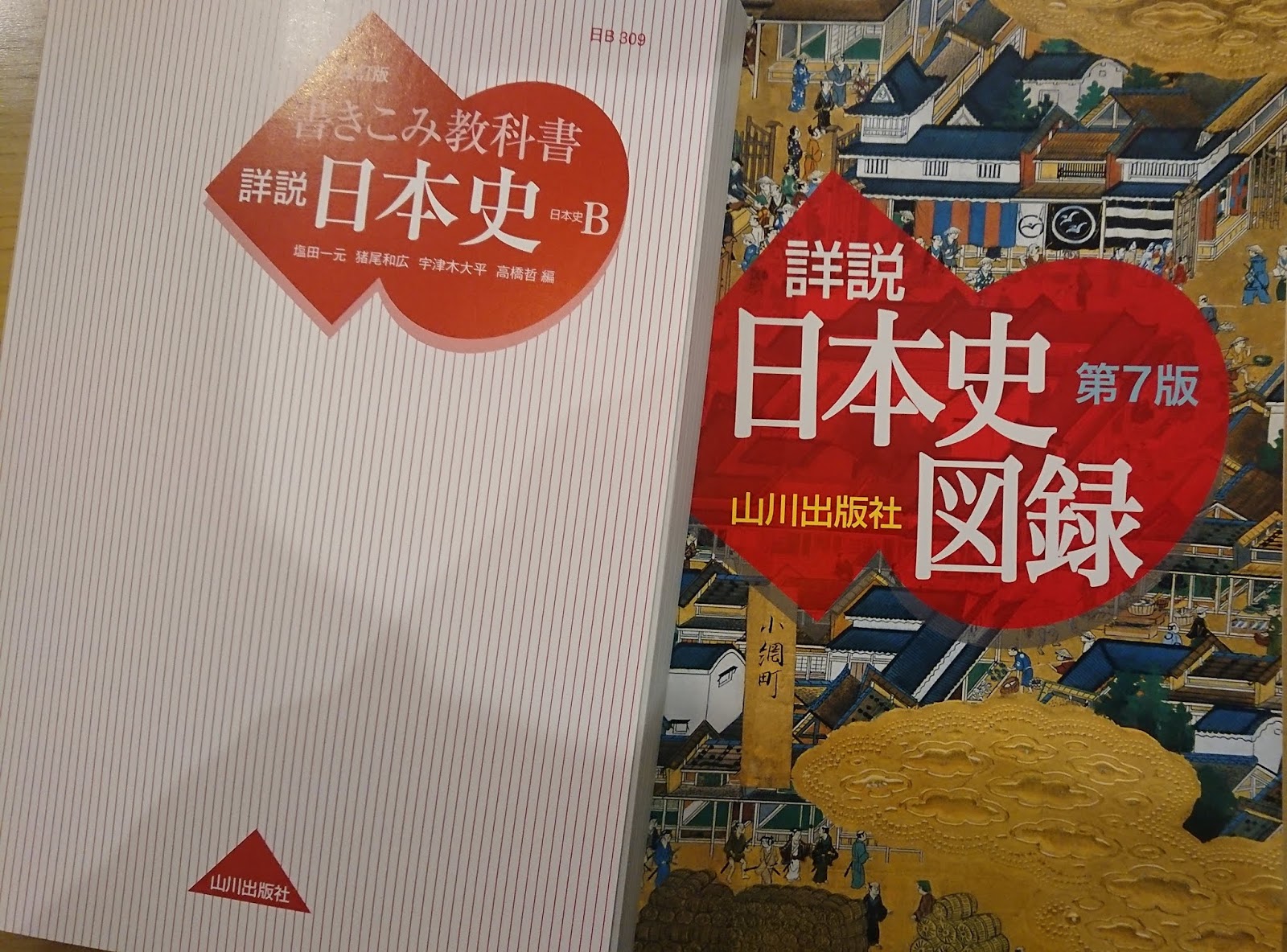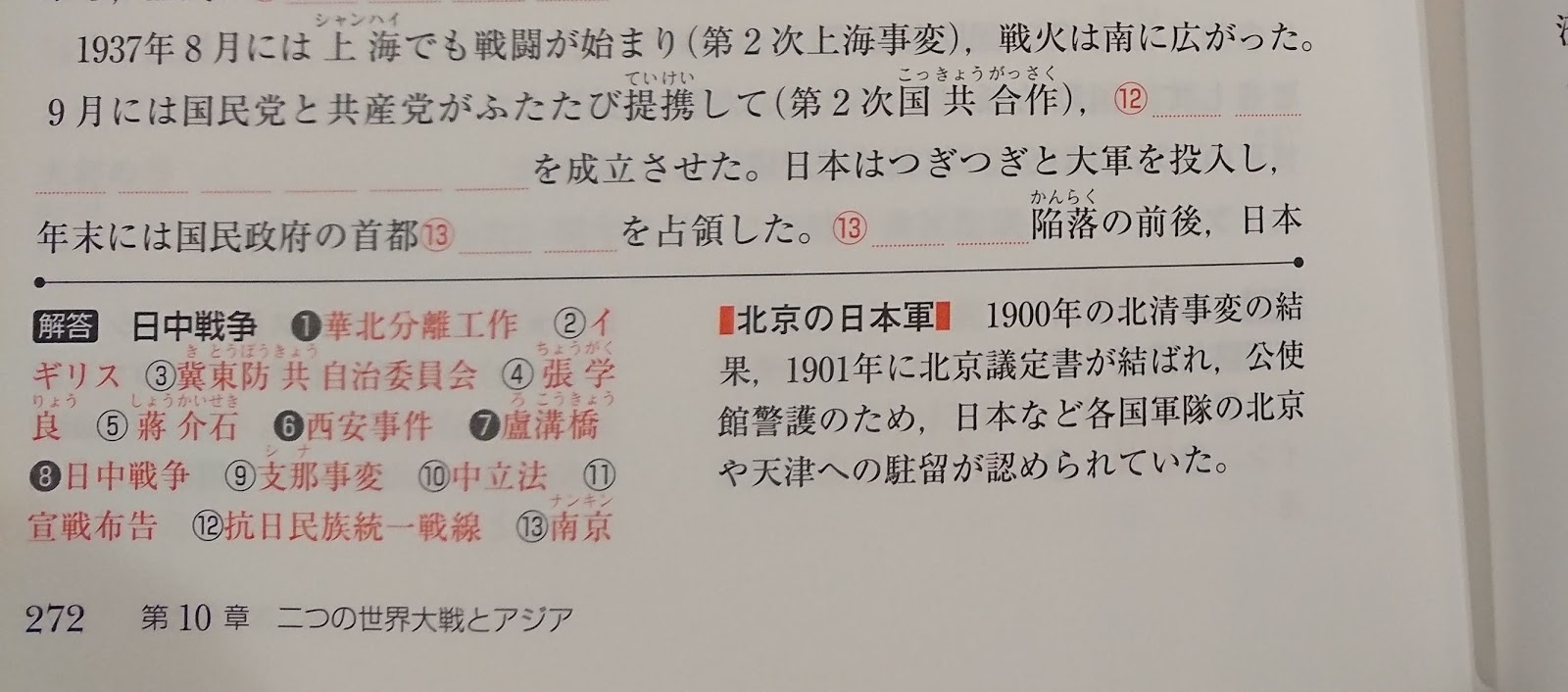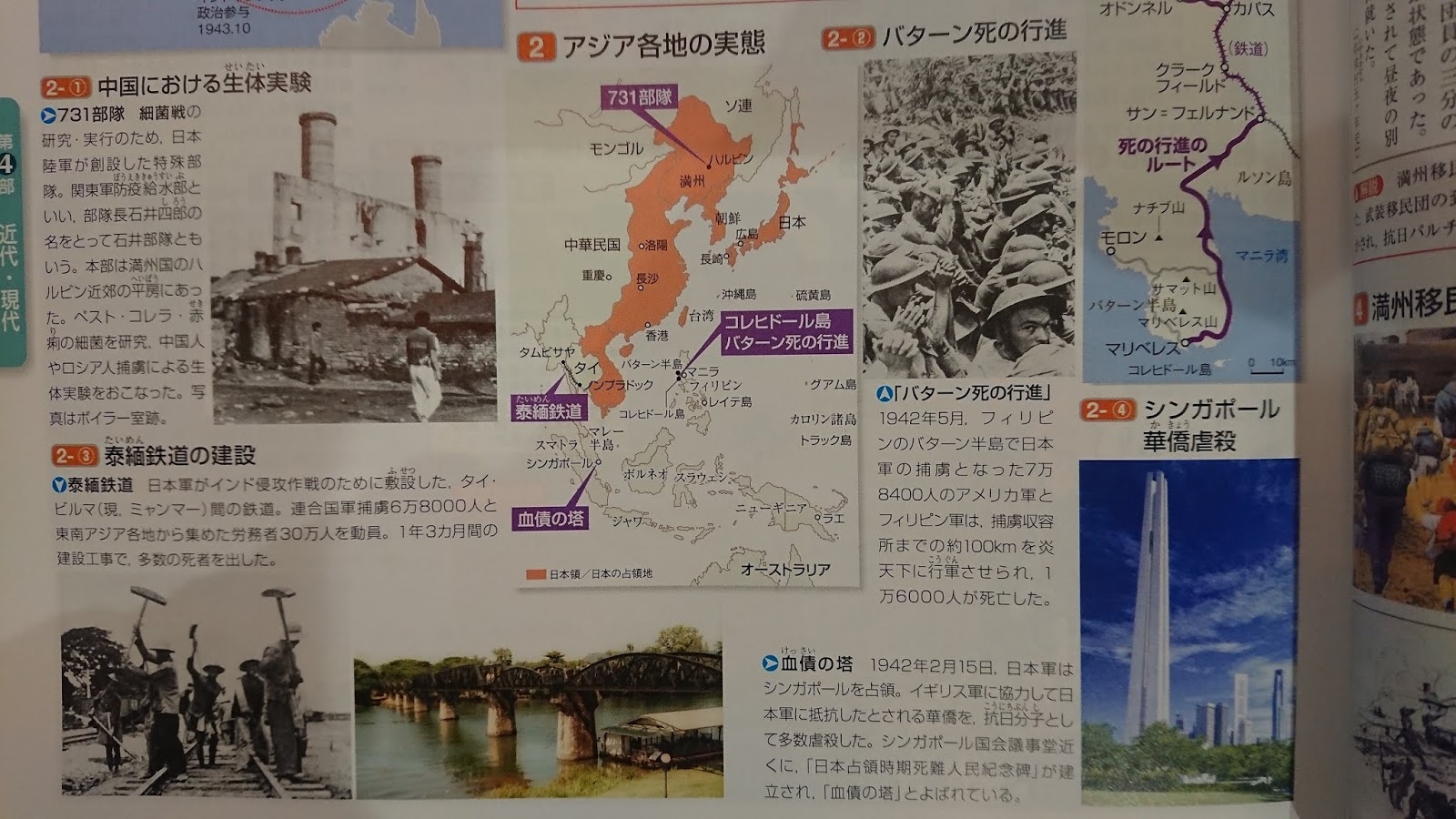Not many people know about Nanyang burma road volunteer.Here is a bit background in 1937 Japanese navy blockade Chinese eastern coast No oil, No munition and No food can be imported into China as a response the Nationalist government build burma road from lashio to Kunming. It was build using 200,000 laborer mostly Miao, Han and Burmese
The road is finished within one year and provide a lifeline to war resistance effort . It is dangerous road full of twist and turn as well unpaved. But once the road is finished they found out China at that time has not enough driver or car mechanic, So the nationalist ask for help from overseas Chinese mostly in Malaya, Singapore,Indonesia, Burma. Tan Kah Kee and his China relief fund organized overseas chinese volunteer driver and mechanic. 5000 young people answer the call but only 3200 are selected Out of 120,000 Ton munition They driver volunteer transport half of it. Out of 3200 one third die in their duty, one third stay in China at the end of war. Only one third return back to their home land. But in 1942 Japan occupied Yunnan and the burma road cease to exist Many of the men get stranded they didn't have money and some of them were forced to beg on the street. Tan Kah Kee get disillusion with the Nationalist government and he feel guilty since he is the organizer. So he organized an rescue mission and transported the men back to eastern sea coast and from there back to Malay

Yunnan tv pay tribute to the volunteer
Little did they know that Japan also occupied Singapore and they took revenge on the organizer of the relief fund and executed many who has anything to do with relief fund for China Out of 1.8 billion Nationalist budget about one third is from overseas Chinese
Nanyang Transport Volunteers( 南洋华侨机工) 1937-1945
The history of Nanyang Volunteers or Nanqiao ji gong(南侨机工)was not a familiar history with most of us; but it is part of WW2 history, part of Chinese history, and now historical part of Malaysian Chinese, as well as South East Asian Chinese. Many have forgotten the history, many of young generation have never heard the story, and it is not in our school history textbooks.
Initially I was confused what is the correct name for the Nanyang Volunteers, should it be Nanyang Drivers(南洋司机) or Nanyang mechanics(南侨技工). The report from Dara Singh was talking about mechanics(修理工); some articles are talking about the heavy vehicle drivers(司机). Actually the volunteers included both vehicle drivers and mechanics. Broadly it was volunteer transport workers. Today, the correct name should be Nanyang Volunteers(南侨志愿者), but historically it was Nanyang Oversea Chinese Transport Volunteers(南侨机工), but to be fair to non-Chinese, it was also called Nanyang Transport Volunteers(南洋机工).
In 1939, 3,200 young men from South-East Asia(called Nanyang(南洋) by Chinese), most were from Malaya, left their families and homes voluntarily to travel to China to work as drivers and mechanics during the Sino-Japanese War of 1937-1945. They left in 15 batches with 9 of 15 batches leaving from Singapore. The volunteers are called Nangiao ji gong(南侨机工)or “overseas Chinese mechanics”.
These 3200 volunteers included Indian, Malay men and four Chinese women. They were responding to China Relief Fund’s call to sustain China’s war materials supply chain during the Sino Japanese War. The China Relief Fund or Nanyang Federation of China Relief Fund(南洋华侨筹赈祖国难民总会), was founded by founded in 1938 by 170 overseas Chinese representatives from the Nanyang region. Their objective was to coordinate regional relief work to support China against Japanese advancement. Mr.Tan Kah Kee was elected as the chairman. The regional headquarter of China Relief Fund was located in Ee Hoe Hean Club, Singapore.
They were known as Nanqiao ji gong or “overseas Chinese mechanics”. But historical records revealed that there were actually Indians and Malays among these volunteers.
These volunteers’ task took them along the Burma Road, a more than 1,453km-long route that began at the rail head town of Lashio in north-east Burma (or Myanmar) and wound its way across mountainous terrain through the province of Yunnan in the south-west corner of China to end at the provincial capital, Kunming.
The Burma Road(滇缅公路)
By the middle of 1938, the Yunnan-Burma Road, laid along segments of that ancient trail, was completed and ready for heavy use. (The Yunnan-Burma Highway and Yunnan Economy During the Periods of Anti-Japanese War by Li Cheng, Journal of Asian Culture and History, Canadian Center of Science and Education, ccsenet.org.)The Burma Road(滇缅公路) is a road linking Burma (also called Myanmar) with the southwest of China. Its terminals are Kunming, Yunnan(中国云南省昆明市), and Lashio, Burma(缅甸腊戌). When it was built, Burma was still a British colony.
When the Japanese began blockading China’s seaboard in 1937 to cut off access to overseas war materials, the Chinese Government turned to this inland route that crossed its border to maintain a tenuous link with the outside world.
The Chinese government officials began the process of shipping military supplies from Irrawaddy River ports to Lashio for transportation into China via the road, they realised there were not enough skilled drivers and mechanics in China to service this overland route.
Malaya and Singapore had an estimated 50,000 to 60,000 skilled workers, according to research done for a documentary film made by a Chinese TV station and museum about the Nanqiao ji gong.
So in February 1939, a recruitment drive began in Singapore that called for drivers and mechanics aged between 20 to 40 years old to come to China’s aid. The drive was held under the aegis of the China Relief Fund that had initially been formed to raise funds from overseas Chinese to aid China during the Sino-Japanese War.
The response to the call was astonishing: within a matter of months more than 3,000 men – and not all of them Chinese either – from this part of the world volunteered, eventually joining tens of thousands of mainland Chinese in plying the 1,453km Yunnan-Burma Road(滇缅公路), China’s only link with the outside world after 1941.
According to the researchers, upon arriving in Kunming, the Nanqiao ji gong were sorted into Overseas Transportation Teams and given additional training.
It was these men’s job to ferry fuel, weapons, ammunition and soldiers to various parts of China. In return, the Chinese Government provided food, accommodation and medical support and a monthly salary of between 69 and 74 yuan, which was quite low compared to wages for such jobs in Malaya and Singapore at that time.
The route traveled over two mountain ranges, crossing three rivers and countless gorges over more than 400 bridges; it ran along the edges of cliffs and slopes and there were long stretches with sharp and precarious bends, as the road rose from about 600m to over 2,000m above sea level along its length. And then there were mosquito-infested jungles where deadly malaria was rampant.
Burma Road drivers ferried SOE and Force 136 operatives on their missions. Tan said: “We had a saying that if a truck flipped over on the highway on the first day of the month, it would reach the bottom only on the 15th. It was a very dangerous road. It was not paved and not wide enough for two vehicles to pass each other. The drivers needed to have very good skills.
The reality was that by the time the war ended in 1945, about one-third of these volunteers had given their lives in the line of duty; some remained in China to find a living and got married and settled there. Only about 1,200 eventually returned to South-East Asia
According to Yunnan Province archives, records of the second brigade of Overseas Transportation Teams dated June 30, 1941, showed there were 97 non-Chinese mechanics – among them 55 Indians, 18 Malays, 11 Burmese and two Indonesians.
Half of them died during service and the remaining ones either settled in China or return to Nanyang after the war.
走遍中国-再会吧,南洋--南洋华侨机工 Part 1 of 3
走遍中国-再会吧,南洋--南洋华侨机工 Part 2 of 3
走遍中国-再会吧,南洋--南洋华侨机工 Part 3 of 3
One of the non-Chinese volunteer, Dara Singh wrote on his experience as Malayan Mechanic Volunteer in the Strait Times, dated 26-7-1939.
MALAYAN VOLUNTEERS IN CHINA Taiping Man On Dangers And Thrills Of Supply Routes (Taiping, July 24, 1939). THRILLS and danger that go hand-in-hand in the daily life of Malayan mechanics who are now doing service in war torn China are described in a letter from Dara Singh(The Straits Times, 26 July 1939, Page 16)
In 1946, after the end of the world war 2, the local Chinese in Penang built a monument in memory of civilians and Nanyang Transport Volunteers who lost their lives during WW2, it is commonly known as Penang Chinese Anti-War Memorial. The actual full name of the memorial is Penang Chinese War Memorial for the Nanyang Transport Volunteers and the victims of the world war(槟榔屿华侨抗战殉职机工罹难同胞纪念碑). The monument is located at the foot of Penang Hill, Penang, Malaysia(槟城升旗山). It was reported that there is another at Kuala Lumpur Kwang Tung Cemetery(吉隆坡的广东义山亭).





